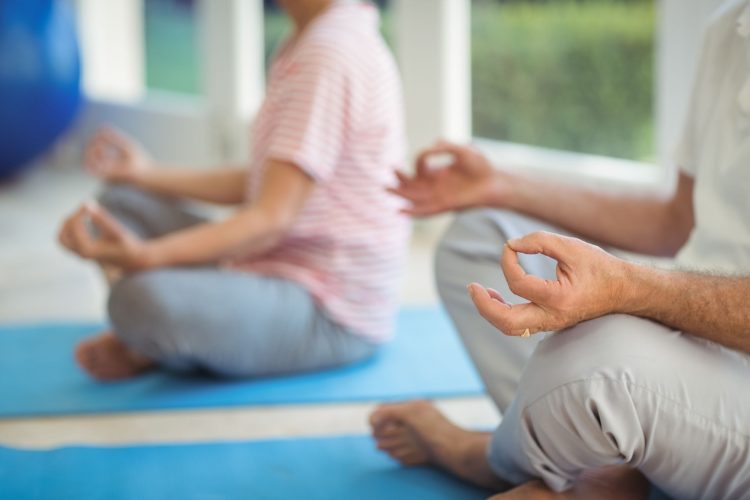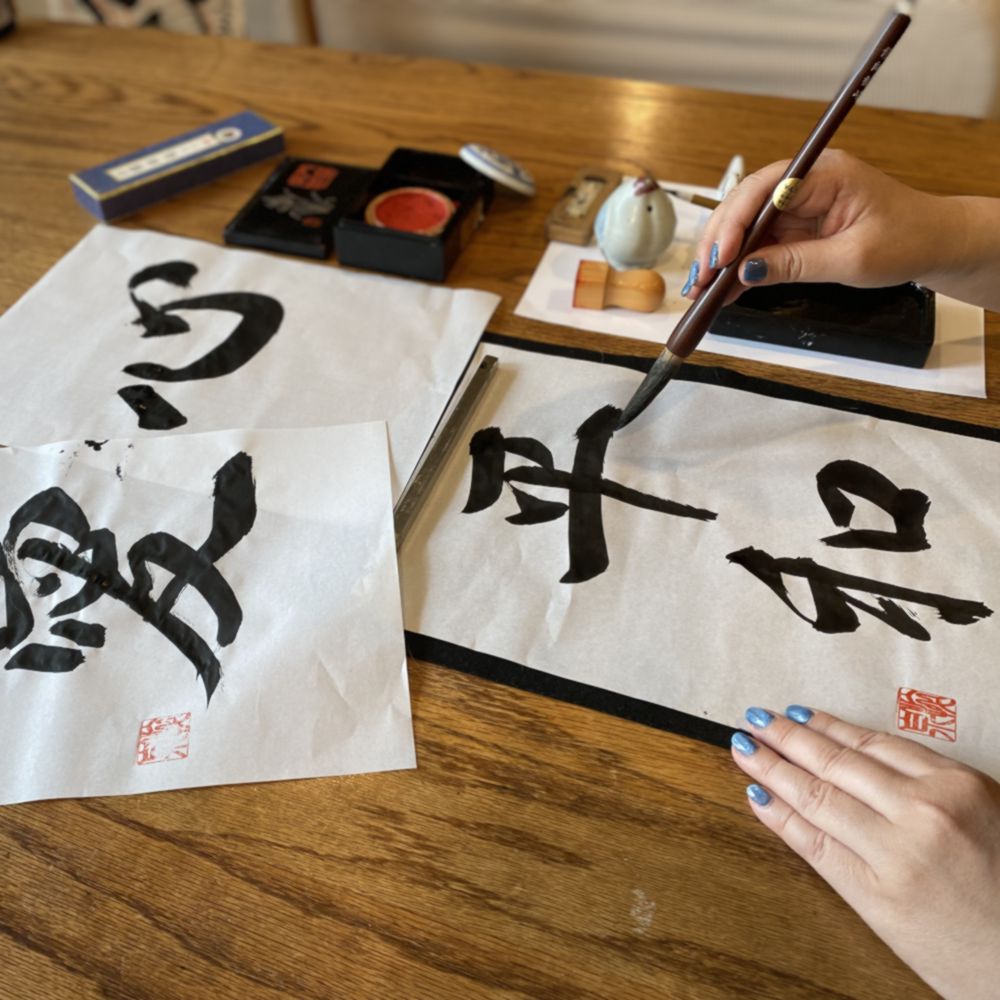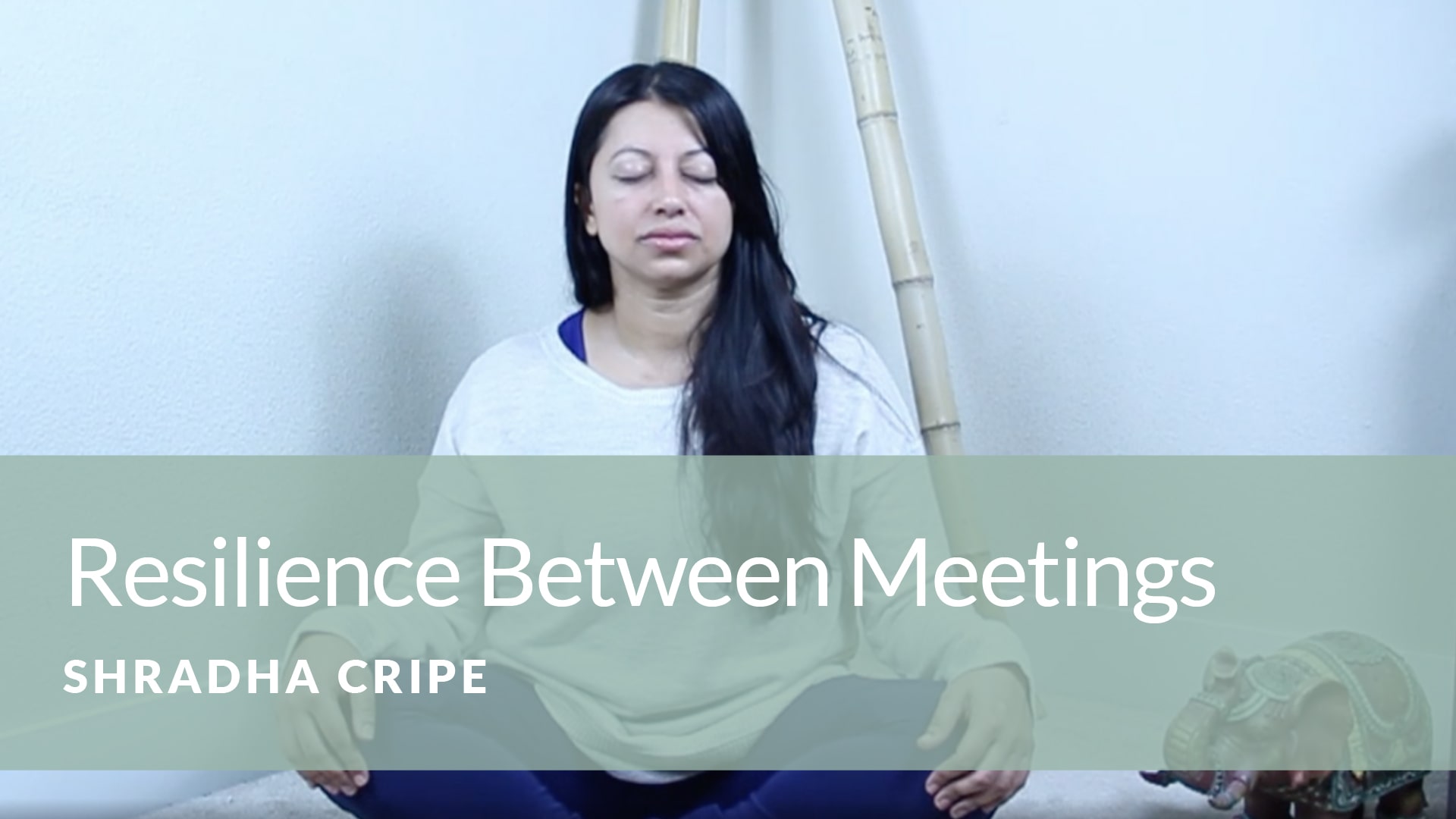Yoga for Healthy Aging is a monthly column exploring the relationship between yoga and aging. Some columns will have short practices, just as this month’s, and last month’s. Other months, we’ll delve into what it is like to be an “older” yoga student or teacher. Join me as we rewrite the story about aging.
When most people think of yoga, they picture people moving through a series of tricky poses and they think that they need to be able to bend like a pretzel. But, this is not correct. The fact is that yoga does not require a great deal of flexibility. I like to tell people that the only requirements to do yoga are an open mind and a sense of humor, both of which are also important for trying new things.
Flexibility vs. Agility:
Flexibility is the ability to easily bend without breaking; while agility is the ability to quickly change direction, transferring weight during a series of movements. Studies show that people with agility live longer than those without it. Think about your need to be able to move around without falling. Think about being able to get in and out of chairs, on and off the floor, in and out of cars. Just walking down the street can be a challenge that requires our body’s flexibility and agility to remain upright. If we fall, can we fall in a way that minimizes injuries?
Understanding Strength:
A normal part of aging is the loss of muscle mass, especially after age 40. Fortunately, yoga can help strengthen your muscles because of how you use them in different poses – when moving in and out of them dynamically, and when holding them statically. Improving our muscle strength not only helps us get and remain strong, but it also helps slow down, and, in some cases, reverse bone density loss. Research has shown that muscles start to strengthen in as little as holding a pose for 10 seconds, and building up from there. At the 2017 Grammy Music Awards, Cher talked about being able to hold a plank pose for five minutes at age 71. No amount of plastic surgery can help her, or you, hold a plank for that long. This can only be done by building muscle strength.
Try this exercise:
- Stand next to a chair with feet about hip-width apart.
- Feel your feet on the floor, especially your big toes and the outside edges.
- Take a few breaths with your palms forward and your pelvis neutral (tailbone not tucked and not sticking out).
- On an inhale, lift your palms and gaze up to the ceiling.
- As you exhale, start to bend forward, hinging at your hips to bring your arms down to the floor, the seat of your chair, or your shins or ankles. Knees can be slightly bent.
- On your next inhale, lift your torso so that it is perpendicular to your legs, keep your back flat and your hands to your shins, knees, thighs, or the chair. As you exhale, forward fold down again, hands down to shins, ankles, floor, or chair.
- On your next inhale, feel your feet on the floor and start to rise all the way up, bringing your hands and gaze to the ceiling.
- On your next exhale, bring your hands to your heart, palms facing each other. Take a few breaths here, then repeat three more times.
- When you are done, stand for a few more breaths, letting the movement with breath settle in.
- For improved flexibility, feel free to do this series daily or every other day.
As you were moving through this short series of poses, also known as Sun Salutation A, you were engaging your body in movements that explore and enhance your flexibility, and your balance and strength.
















